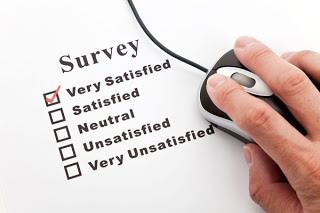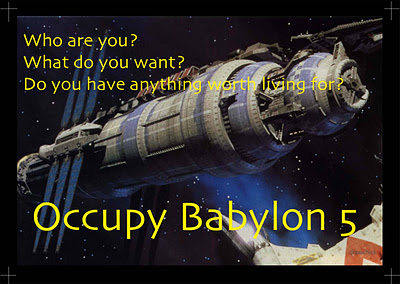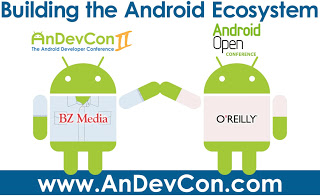Every time I make a restaurant reservation online, I am sent an email survey after the meal. Every time I get my car serviced, I’m asked about my satisfaction. After I buy something from an increasing number of online merchants, I’m asked to rate the transaction. Stay at a hotel. Watch a movie. Send an e-card to a friend for his birthday.
“Give us your 2 cents, we’ll give you $5,” offers CaféPress.
“Thank you for booking your recent reservation through OpenTable. We would appreciate your feedback about your experience at Ruth’s Chris Steak House?” asks OpenTable.
“As a valued HHonors member, your feedback is important to us. We invite you to take a few minutes to complete a survey about your stay at Hilton Anaheim,” requests Dave Horton, Global Head of Hilton Hotels.
“Thank you for staying at Millennium Knickerbocker Hotel Chicago. We would appreciate it if you would spare a minute of your time to share your opinion of the hotel with us. Your evaluation of our people, facilities and services will provide us the opportunity to work toward serving you better on your future visits,” writes David Cockburn, Senior Vice President of Operations for the U.S. Region of Millennium & Copithorne Hotels.
“We understand you recently had work completed at your Acura dealership and wanted to be sure we’re meeting your service expectations. Your experience is unique and we’d appreciate hearing about it,” says an unsigned Acura email.
Even my dentist sends out post-visit electronic surveys.
If you don’t fill out surveys, you are reminded and reminded. Acura sent out three reminders to fill out the post-service questionnaire, on Oct. 13, Oct. 14 and Oct. 17.
At least CaféPress is offering some compensation for my time. But no, I don’t want to fill out a survey every time I stay in a hotel, eat in a restaurant, get my oil changed or buy a t-shirt.
Post-transaction surveys make sense. One reason is metrics – they truly want to see their scores rise. This is true both of the local Acura dealer and also of the Acura nationwide organization, which needs to learn about both exceptional and troubled dealers.
Another reason is to deflect customer complaints, especially public ones that can harm the merchant’s reputation. Cranky consumers love flaming online and bricks-and-mortar vendors on Yelp or Twitter.. The theory is that if Hilton gets me a survey fast, perhaps I’ll be less motivated to go onto Yelp. Plus, of course, Hilton has an opportunity to intervene and get me to retract my diatribe.
The downside is that I’m drowning in a sea of post-transactional surveys. My family had three cars serviced in October. To date we have received 10 – 10! – survey requests about those service visits.
Let’s look at this from the software development perspective. It is easy to set up the online surveys with Web landing pages, automatic emails, and reminder tracking for non-responders.
In fact, it is too easy to set up those surveys. Because the incremental cost of each survey is approximately US$0, we have no reason to hold back from surveying every transaction, no matter how small. We have no reason to hold back from sending reminder after reminder after reminder.
We are not serving our customers. We are harassing them by burying them in requests for customer feedback.
Next time a line-of-business manager asks you to set up an automated post-transaction survey with lots of emailed reminders, please bring up this possibility…. Or at the least, add it to the survey.
Z Trek Copyright (c) Alan Zeichick





